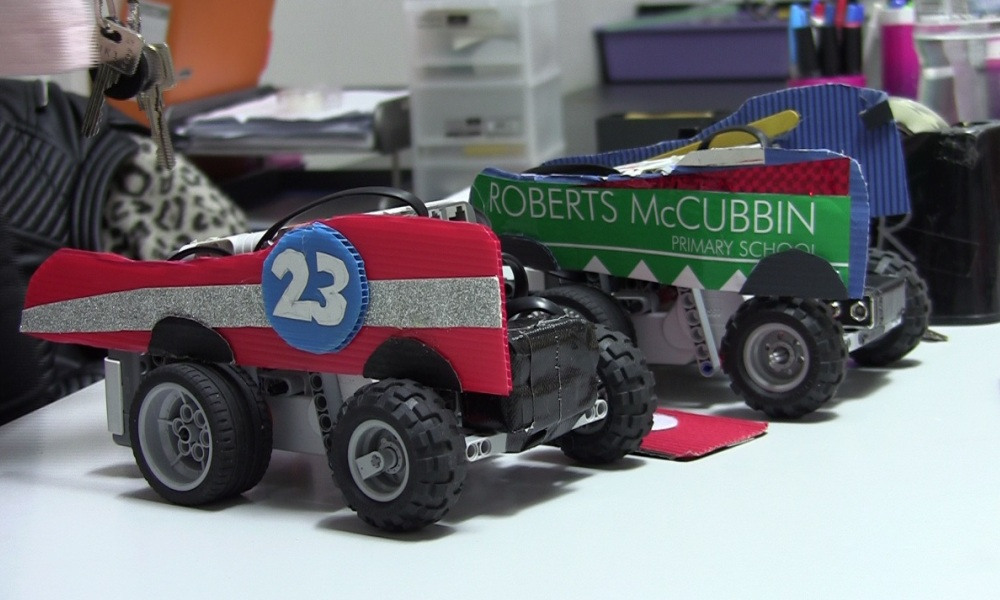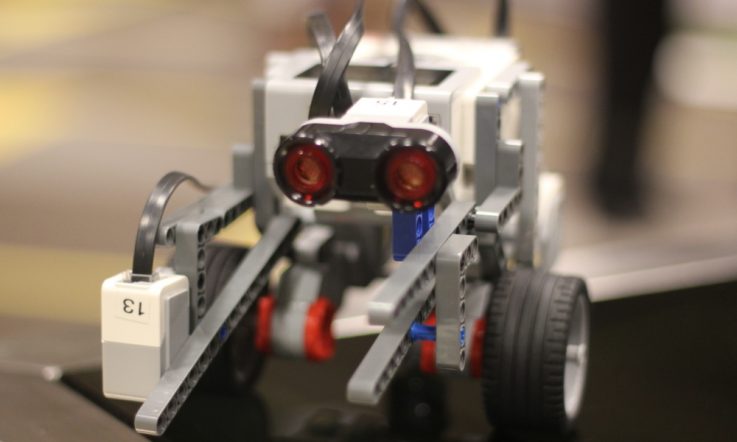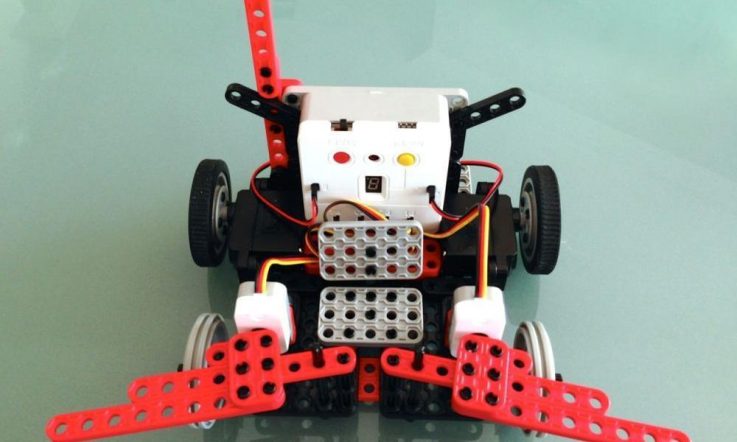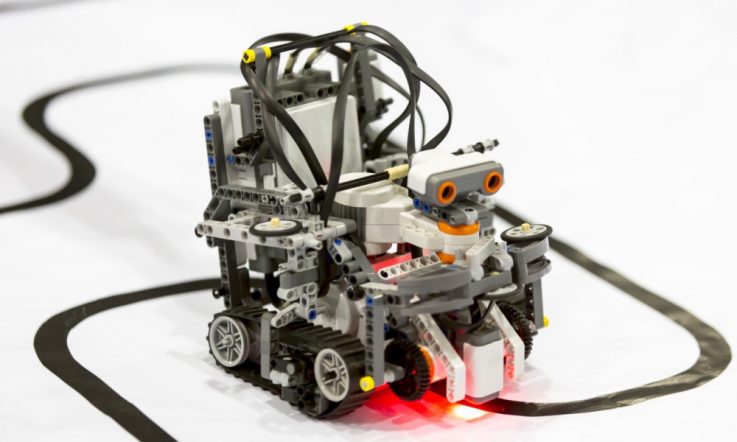Roberts McCubbin Primary School in Melbourne delivers a specialist robotics program to all students, but the teachers have found that the children are also keen to forgo lunchtimes, weekends and school holidays to continue tinkering with their robots. After recent success at the RoboCup Junior Australian 2016 Open Championships, we chat to Robotics teacher Melinda Browne and Principal Marg Pickburn.
Robotics teacher Melinda Browne is convinced the robotics skills she teaches her students can be applied into many different aspects of their schooling.
‘It's not just a subject that we're studying for people who want to do robotics in the future – a mechatronics degree or something – they will transfer a lot of the skills to other subjects,' she tells Teacher.
‘The robots are often just a vehicle to teach other subjects like maths and languages and science. There's a lot of science and engineering around moving the robots and looking at gearing and weight distribution.'
The weekly robotics sessions at Roberts McCubbin Primary School are delivered to each student from Prep to Year 6.
‘The future is all about robotics with students having to code ... a lot of the coding will help them with other subjects as well because of the computational thinking, because of the risk taking, because of the fact that they have to problem solve and work in teams, like they have to do in other subjects. So it's quite cross-curricular,' Browne says.
Robotics is also offered as an extra-curricular activity, where students will often forgo lunchtimes, weekends and school holidays to continue tinkering with their robots beyond the scheduled class time.
How the program works
Experimentation is a fundamental element of the program. In fact, Browne says she starts off the program by encouraging the children to ‘have a go' and to discover what works and why it works.
‘And then I explicitly teach, usually at the beginning of every session, a specific piece of programming – whether it be how to make a robot move, or to turn or use the sensors.
‘Then I set a challenge where my children can use a particular piece of programming but they do it in a multitude of ways. So there's never one right answer, children can complete the challenge at a very basic level or add complications to their challenge and make it more sophisticated.'
The robots have sensors on them which make them autonomous. The students can programme them to follow lines using the colour sensor, or if the robot sees something in the distance, it can turn around and go in the opposite direction.
‘We've programmed it to act like a puppy dog and when it sees its owner, as it gets closer it gets more excited and goes faster,' Browne says.
‘You can programme it to move backwards and turn around. It can also be programmed when it hears noises to respond in a way that you want it to.'
Robots in competition
After success at the RoboCup Junior Victorian Championships (the fourth year in a row the school has won at a state level), Roberts McCubbin Primary School went on to compete in the national championships. Entering two teams in the national competition, one of them placed third out of 19 schools.
Principal Marg Pickburn says what makes it particularly special, is the fact that her school of 460 students was competing against a whole range of different schools.
‘I think it's a huge credit to Melinda that we've won the state championship four years in a row and we're competing against a whole range of schools and quite a few of them are private schools,' Pickburn says.
‘So I think for a government school to have those achievements four years in a row and then go on and do very well … is a huge credit to Melinda.'
By being involved in the program, Browne says her students are learning much more than basic coding. ‘Definitely resilience because often it doesn't work as planned and it's not like a maths equation where you're going to get the right answer all the time, there are so many different variables.
‘The children are learning to be patient, to keep going and to learn from our mistakes, and of course team work too. Working together, dividing up tasks, helping each other and encouraging each other. Problem solving is definitely a big one because the kids are debugging all the time, they're looking into their programmes and checking back on their code and seeing if they change something, how it might affect the outcome,' she adds.
Advice for those getting started
As for those educators looking to start a robotics program in their own school setting, Browne has some simple advice.
‘I'd definitely say to link up with somebody as a mentor so if you run into any problems, you've got somebody to ask advice. Also, just to play; don't be afraid to play because that's why children learn so well, because they're not afraid to have a go and it really does take time to mess around with the robots and see what they can do.
‘A great saying that I read was “I lit the fuse and stood back” and that's what it really is about. You're a facilitator, you don't have to know it all, you just need to know where to look for answers and basically understand the concepts behind all the programs. But really, you can nut it out with the children, which I often do.'
Do you have an existing robotics program at you school? Consider the skills your students are learning. Are they skills that can be applied into other subject areas? In what way?
Have you considered establishing a robotics program at your school? What advice could you draw from this article before getting started?



